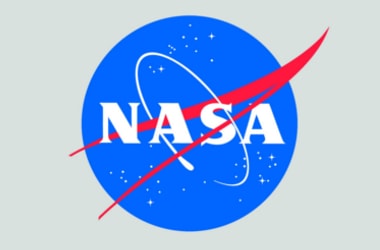This planet orbits two stars in the system.
Q. NASA used its Hubble Space Telescope to confirm the existence of a planet orbiting two stars in the system. What is the name of this planet?- Published on 26 Sep 16a. OGLE-2007-BLG-249
b. DGLE-2008-CLG-250
c. JGLE-2009-KLG-251
d. None of the above
ANSWER: OGLE-2007-BLG-249

OGLE-2007-BLG-349 which is located 8000 light years away was found to be orbiting two stars in the system.
- This planet is located at the centre of our galaxy. Planet orbits 483 million km from the stellar duo about the distance from the asteroid belt to the sun, according to a statement issued by NASA
- This planet completes an orbit around the stars roughly every seven years.
- Two red dwarf stars are 11 million miles apart or 14 times the diameter of the moon’s orbit around the earth
- Hubble observations represent the first time a three body system has been confirmed through gravitational microlensing technique
- Gravitational microlensing is when the gravity of the foreground star bends and amplifies the light of the background star that momentarily aligns with it
- Particular character of the light magnification can show clues about the manner of the foreground star and associated planets
- Objects were discovered in 2007 by an international collaboration of 5 different groups- group based observations uncovered a star and a planet but detailed analysis also found a third body astronomers could not identify
- Group based observations suggested a Saturn mass planet orbiting a close binary star pair or Saturn and earth mass planet orbiting a single star
- Sharpness of Hubble images provided evidence for the former.
- Hubble observations revealed that starlight from the foreground lens system was too faint to be a single star. It has brightness expected for closely orbiting red dwarf stars
- These stars are fainter and less massive than the sun.
- While NASA’s kepler probe discovered 10 other planets orbiting tight binary stars, these are all much closer to the stars than the one studied by Hubble.